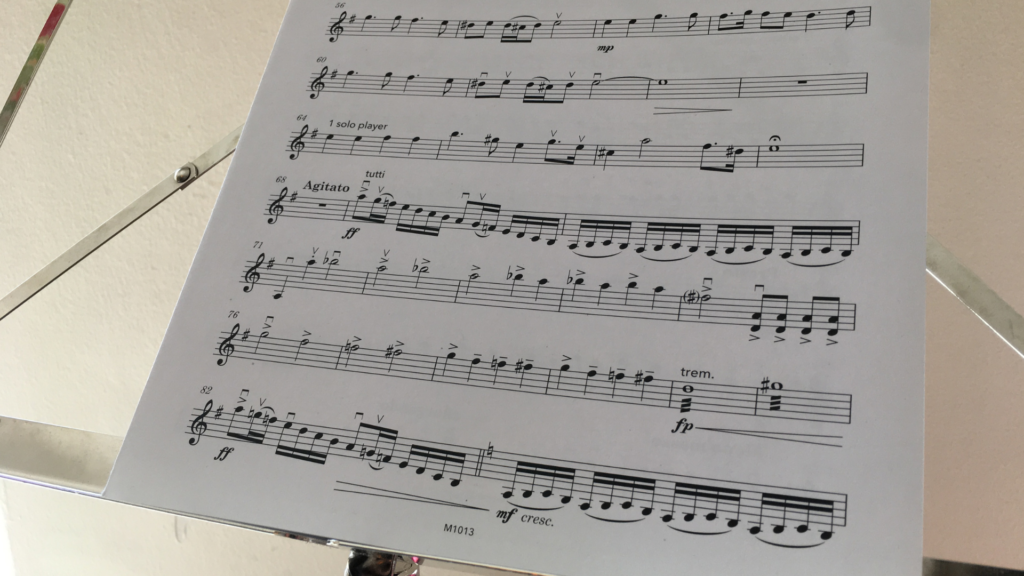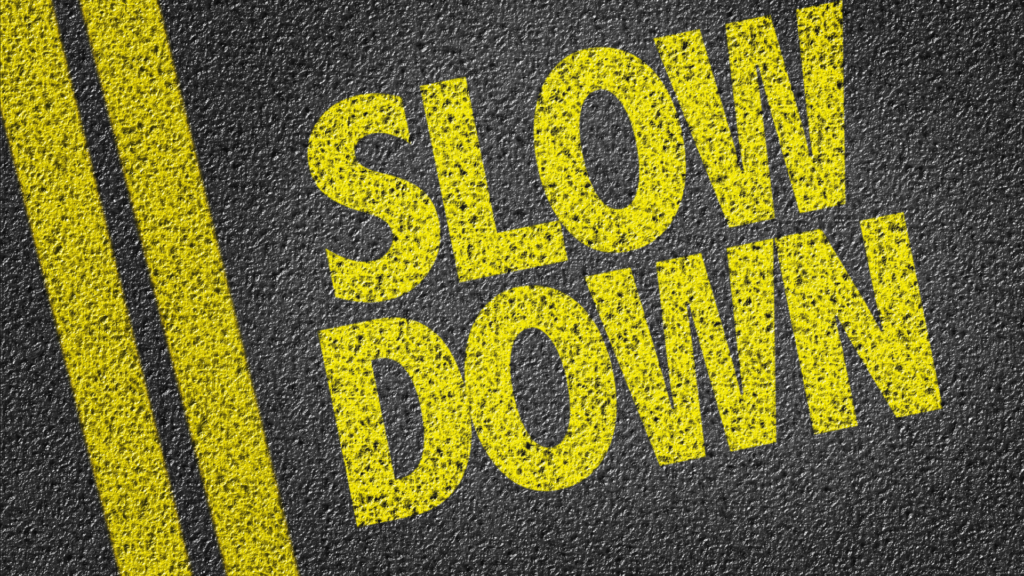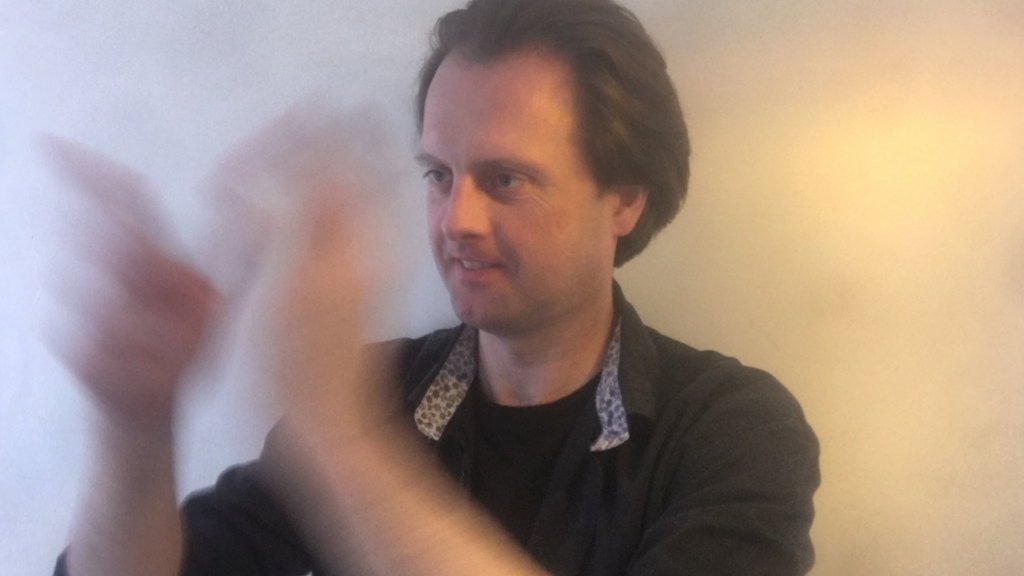When we begin learning a piece of music, and find that it contains tough challenges, it's time to break down what's going on and understand the individual elements of each problem.

Complex music often requires complex violin technique. And in tricky passages, it's common to have several movements happening simultaneously in different parts of the body.
Every Element Should Be Strong
Each of these individual movements needs to be accurate and well-proportioned in order for the overall technique to work effectively, and for your playing to sound good.
If you're only vaguely aware of the different actions within each technical task, then you may end up overlooking important details.
So if you're struggling with a passage of music, it's a good idea to stop trying to do everything at once!
Instead, try this approach:
Step 1) Separate the Pitch, Rhythm and Physical movements
You can practise pitch, rhythm and specific violin techniques separately from one another to make sure everything is working as it should be. This simplifies the task and reduces cognitive load... which means you can give your full and undivided attention to one single element of what you need to work on!
Step 2) Train each element until you can do it instinctively
Once you're sure that everything is correct and precisely accurate, then repeat the activity carefully to drill it into your muscle memory. Start slow... it's more important to be right than to be fast! If you have time, come back to it a few minutes later in your practice, and repeat it a few more times.
Step 3) Put it back together... and TEST it!
Once you've mastered each of the different actions, put everything back together again at a slow speed, and see how it sounds! If there are still issues, go back to the element that needs further attention. Or if everything is working well, you can start to increase the speed.
But remember, at the beginning, you must...

Remember to play SLOWLY when you start practising! Even if you can play it fast, resist the temptation. A slow speed will give you much more time to think about the details, and it will help you drill the movements more quickly and deeply into your memory, too.
Practice Exercises
Here are a few exercises that you can use to break down a piece of music, so that you can practise the individual technical movements, before putting everything back together again:
SAY the words
If the piece is a song, and it comes with words, then try speaking the words out loud, to help you clarify the rhythms! Verbalising different note lengths helps you to get a good feeling for what the rhythms are.
CLAP the rhythms
If the piece you're learning doesn't have words, then this will probably be your first task! Clap the rhythm of the music to be sure you have got all the timings right, and that you have a steady pulse.

SING the words
If the piece has words, try singing them. This way you're practising the pitch and the rhythm together... but without the distraction of complicated violin technique.
SING the note names
If you should be playing an A, sing an A. If you should be playing a B, sing a B, and so on. Try to sing the notes in time (with exact rhythm).
If you're struggling to pitch the notes, slow it right down and work with a tuner or another reliable sound source, so that you can hear the pitch frequency that you're aiming for. Then you can try to match the pitch with your voice.
SING the numbers (fingers)
If you're not yet secure with your finger placements, try singing the notes of the piece in tune, but use 'D', 'D1', 'D2', 'D3' etc. (or G/A/E, depending on the string). This way you are associating the finger placement with the correct timing and pitch.
'Air Violin'
Act the up and down bow gestures (the bow direction) with your right arm. You don't need to hold the violin or the bow for this... although you can hold the bow if you like!
The important thing is to get used to the up and down bow motions and make sure the bow changes are happening in time, and to practise those movements without being distracted by the left hand and the violin.
Air Violin + singing or speaking
Combine some of the previous singing and speaking tasks with the 'air bow' motion. This will start to associate the up and down bowing motion with the rhythm and pitch changes.
Violin Only (no bow)
Place the left-hand fingers on the fingerboard in time with the rhythm. You can combine this with a speaking or singing exercise. Again, don't use the right (bow) arm - just focus exclusively on getting the left hand correct, without any other distractions.
Everything together
Finally, put all the movements back together!
You'll find that because you've spent a considerable amount of time on each individual movement, you will have 'drilled' your muscle memories really effectively.
So when you put all the movements back together again, everything will automatically synchronise more accurately ... even when your brain is busy thinking about the music!
*****
Next time you come across a challenge that seems overwhelming in your practice, then break the music down using these techniques.
When you finally put everything back together again, it will seem easier and more fluent, because your muscle movements will be more precisesly trained than they were before, and everything will feel more natural!
Please visit our sponsors:
London String School - Tuition for Adult Learners in London
MusicLand - Creative Music Products for Teachers and Learners
Please visit our sponsors:
FiddlerShop.com - Quality instruments at an affordable price
London String School - Tuition for Adult Learners in London
MusicLand - Creative Music Products for Teachers and Learners
